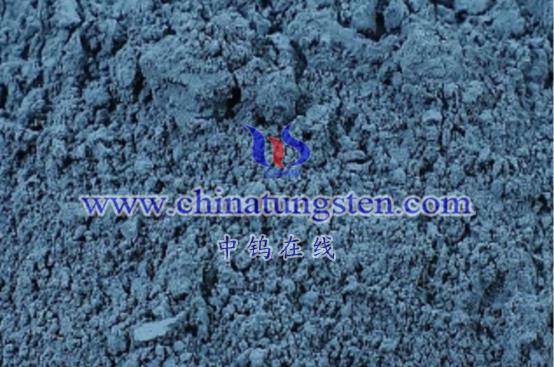
Niobium tungsten oxide (WNbO), a compound formed by the combination of tungsten (W), niobium (Nb), and oxygen (O), possesses unique physical and chemical properties, enabling its use across diverse fields. The primary application scenarios are outlined below:
- Electrochromic Devices
Electrochromic devices can change color during charging and discharging processes, making them highly suitable for applications like smart windows and anti-glare rearview mirrors. Niobium tungsten oxide serves as the core material for the electrochromic layer, significantly enhancing device performance.
Advantages of Niobium Tungsten Oxide in Electrochromic Devices:
- Larger Vacancy Size and Stable Network Structure:
Compared to traditional materials like WO₃ and NiO, niobium tungsten oxide features larger ion-vacancy sizes and a stable three-dimensional network, facilitating the stable insertion and extraction of charged lithium ions. - High Specific Surface Area:
Niobium tungsten oxide accommodates a large number of lithium ions, resulting in devices with:- Faster response speeds.
- Shorter coloration and fading times.
- Prolonged coloration duration.
- High optical modulation capacity.
- Excellent electrochemical stability.
These properties make niobium tungsten oxide-based electrochromic devices ideal for controlling light transmission and reflection in applications such as smart windows and anti-glare mirrors. These devices improve user comfort and contribute to energy efficiency.
- Energy Storage Batteries
Anode Material for Lithium-Ion Batteries:
Niobium tungsten oxide is considered a promising anode material for energy storage batteries, surpassing traditional anode materials like graphite in lithium storage capacity and diffusion kinetics.
Advantages:
- Pentagonal WNbO Materials:
These materials exhibit large tunnel sizes, leading to better rate performance, meaning they retain high capacity and stability under high current densities. - Tetragonal WNbO Materials:
Due to their unique open crystal structure, tetragonal WNbO materials demonstrate exceptional lithium-ion storage capabilities, offering twice the storage capacity per unit volume compared to traditional anode materials.
Additionally, niobium tungsten oxide supports fast-charging technologies. Its distinctive physical structure and chemical properties enable lithium ions to move through it more rapidly than through conventional electrode materials, significantly improving battery charging efficiency.
- Other Applications
Photoelectric Devices:
Niobium tungsten oxide exhibits potential in photoelectric applications such as:
- Solar Cells:
Enhanced light absorption improves the efficiency of solar energy conversion. - Photocatalysis:
The material’s properties enable effective light-driven chemical reactions for environmental and energy applications.
Sensors:
Niobium tungsten oxide can act as a sensor material due to its sensitivity to specific gases or ions. Potential applications include:
- Detection of harmful substances in the environment.
- Chemical analysis for various industrial and research needs.
Conclusion
Niobium tungsten oxide has broad application potential in electrochromic devices, energy storage batteries, photoelectric devices, and sensors. With ongoing advancements in technology and deeper research, niobium tungsten oxide is expected to find even more applications and achieve greater impact in various fields.
More details of tungsten oxide product, please visit website: tungsten-oxide.com
Please contact CHINATUNGSTEN for inquiry and order of tungsten oxide:
Email: sales@chinatungsten.com
Tel.: 86 592 5129595














